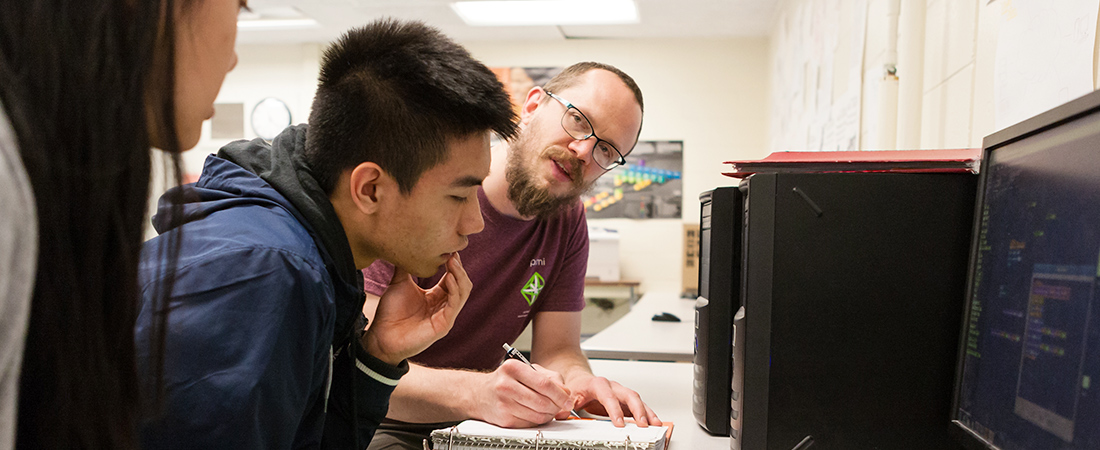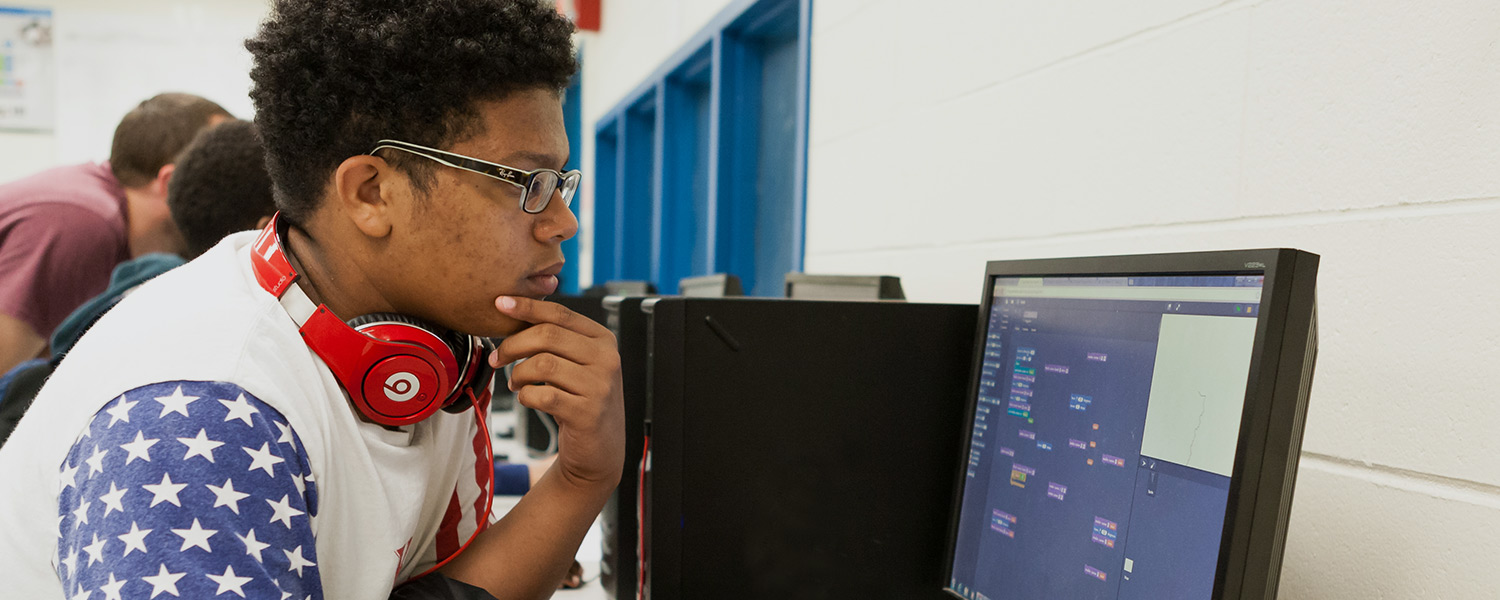Exploring the skills that students need to succeed in the field.

In a rapidly changing, technology-focused world, few academic subjects offer more potential for impact and innovation than computer science (CS). But in the United States, girls, students with disabilities, English learners, and Black and Latinx students are all underrepresented in CS education.
EDC partners with educators, STEM industry leaders, and policymakers to ensure all students can access high-quality CS education opportunities. We create leading-edge CS curricula, help states align with private sector STEM partners, and center our efforts on broadening participation in the field among historically underrepresented and marginalized communities. We advance knowledge of how to foster computational thinking and data literacy, evaluate promising programs, and scale innovative programs.
Featured

Beauty and Joy of Computing has provided thousands of students in New York City with an opportunity to study computer science. Mikael Moise is one of them.

Students have a lot to learn about this growing field. EDC is working to increase interest and access.

Kristen Reed and Paul Goldenberg share stories from teaching second graders how to program—and the positive outcomes it has had for math learning.

Exploring the skills that students need to succeed in the field.

Beauty and Joy of Computing has provided thousands of students in New York City with an opportunity to study computer science. Mikael Moise is one of them.

Students have a lot to learn about this growing field. EDC is working to increase interest and access.

Kristen Reed and Paul Goldenberg share stories from teaching second graders how to program—and the positive outcomes it has had for math learning.